Stars and the Solar System
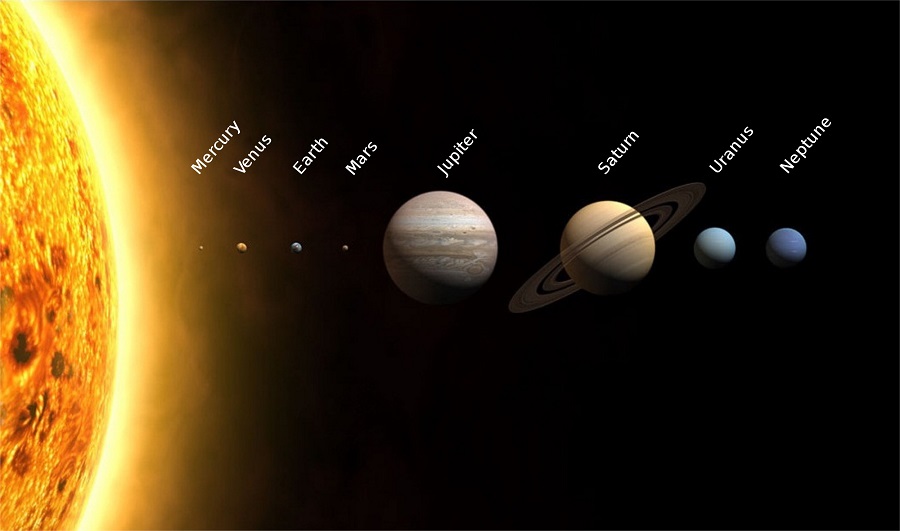
- Every night we see so many different stars in the sky.
- They shine like the brightest diamonds in the sky.
- But they are not the only objects that are present in the sky.
- There are so many other objects present in the sky and in our solar system that we can not see from naked eyes
- The stars, the moon, and the planets are together referred to as celestial objects.
- We will now learn about all these objects in a more detailed form
Contents
The Moon
Moon is considered as the only natural satellite that earth has. It rotates around the earth.
Phases of the moon
- The day where the moon is present in full circle shape or we can a complete big shiny circle appears in the sky is called full moon day
- Now, after the full moon day the moon starts decreasing day by day.
- And on the fifteenth day from the full moon day the moon is not at all visible even in the clear sky
- This day is called new moon day.
- After a new moon day the tiny portion of moon appears in the sky.
- This is called as crescent moon
- Exactly, after 15 days the moon again becomes a full moon.
- The different faces of the moon during the period of a month are referred to as phases of the moon.
Ever wondered why these different phases of the moon appear
- The moon is visible to us because of the sunlight that falls on it coming toward us or we can say reflect towards us.
- So, the part of the moon from which the sunlight is reflected on the earth only gets visible to us.
- After the full moon day the part on which the sunlight is reflected decreases day by day.
- Same like this after new moon day the sunlit part of the moon increases day by day.
Surface of the moon
Moon is the shiniest object in the sky.
- Moon has no water and no atmosphere of its own .
- The astronauts who have landed on the moon have given various observations about the moon.
- The surface of the is grimy and sterile.
- There are various craters present on the surface of the moon
- Each of different sizes.
- It has a precipit and soaring mountain like structure.
- These mountains are even taller than the highest mountain on the earth.
The stars
Stars are the small shiny stones present in the sky .They are also one of the celestial bodies present in the wide sky.
- Stars are made up of various gases like hydrogen and helium.
- Stars are millions of kilometers
- away from the earth.
- They appear to be near but they are not.
- Stars appear clearly at night but this doesn’t mean that they are not present in the day.
- Stars are also present during the day, it’s just that they are not visible .
- They are not visible due to heavy sunlight.
- Usually it appears that the stars move from east to west.
- The pole star which is also known as ‘ dhruv tara’ appears to be located in earth’s axis.
- Proxima centauri is the nearest star from the earth.
1. Constellations
We sometimes must have seen stars making different shapes in the sky. What are these shapes? Stars forming some recognisable shape together are called constellations.
- We can see constellation in the night sky very easily
- But recognizing them we need to learn about them.
- There are different constellations and we will learn about them in a more detailed way.
2. Ursa Major
One of the important constellations in the list of constellations is Ursa major.
- It is called a great bear or big dipper.
- The best time to see this is spring when it comes a little above the northern horizon.
- This constellation is formed of seven stars .
- Alioth is the brightest star in the Ursa major constellation.
- And it is also the 31st brightest star visible from the earth.
- It is a bear shaped constellation that appears to be in the shape of a bear.
3. Orion
Another constellation in the list of important constellations is Orion.
- Orion symbolises the hunter Orion mentioned in the green metrology .
- It is made up of seven or eight stars.
- It is usually visible in winters.
- The three stars which are present in the middle of the constellation represents the hunter’s belt .
- While the other four represent appears to be in the shape of quadrilateral (a shape)
4. Cassiopeia
Another constellation is the Cassiopeia which is named after the queen Cassiopeia in the Greek mythology.
- It is present in the mother hemisphere.
- It appears to be in the shape of broken M or W.
- It appears during the winter.
The solar system
The celestial bodies like the sun, moon, planet , stars together form the solar system.
Solar system consists of various objects like:-
- Planets, stars, sun ,meteors, asteroids and several other objects.
- Due to the gravitational pull of the sun they keep on revolving.
- Like the planet earth there are several other players in the sar system .
- Like – mercury , Jupiter ,Saturn ,Uranus, Venus, mars, Neptune
- We will learn about all these eight planets in detailed form.
The Sun
Sun is massive ball of heat and light
- Sun is one of the nearest stars from the planet earth.
- It gives heat and light.
- It gives us sunlight and sunlight is the source of life on the earth.
Planets
A planet looks similar to a star.
- But they are not actually stars .
- They are way bigger than them
- They do not twinkle like stars.
- They revolve around the sun in a definite path.
- The path in which planets revolve is called orbit.
- And the time taken by a planet to complete one round of the sun is referred to as the period of revolution.
As the distance of the planets increases from the sun the period of revolution increases and they start taking more time to complete a single round.
- Apart from revolving around the sun in a fixed orbit.
- They also revolve on their own axis.
- Like a top revolves on its own tip.
- The time taken by the planet to complete one round on its own axis is referred to as the period of rotation .
- These planets have their own satellite which revolves around them.
- Satellites can be one or more than one.
- These are called natural satellites.
- Earth’s natural satellite is the moon.
- Apart from these natural satellites many other man made satellites too revolve around the earth.
- These satellites are referred to as artificial satellites.
1. Mercury
Planet Mercury which is also known as budh is the nearest and the lost closest planet from the sun.
- As the result of being close to the sun.
- Mercury is the hottest planet because it directly and most closely faces the sun.
- Sometimes due to the heat of the sun mercury is not properly visible.
- Mercury doesn’t have any natural satellites.
2. Venus
Venus is the second planet in the list of planets it is the neighbouring planet of the earth.
- It is also called as shukra
- It is the brightest planet in the sky.
- Venus is visible even from naked eyes during the day time and sometimes in the evening.
- This is why it is also called a morning or evening star.
- Venus doesn’t have a moon or any kind of satellite.
3. The earth
Earth which is also known as prithvi is the third planet after Venus.
- Earth is the only planet in the entire solar system that has life.
- Earth has its own natural satellite which is the moon.
- Due to its position, their right temperature and atmosphere.
- Life is possible on earth and. Earth has everything which is required for life.
- Like other planets earth also rotates around the sun earth takes 365 days or say one complete year to complete one round of the sun.
4. Mars
Mars is the fourth planet in the solar system and second smallest planet.It is also called mangal.
- Mars is reddish in colour.
- It is also known as the red planet .
- It has two natural satellites of its own.
5. Jupiter
Jupiter is the fifth planet in the solar system and also the largest of all.
- It is a huge planet way larger than the earth.
- Also, an amazing fact about Jupiter is that it is the fastest spinning planet among all the planets.
- Jupiter has 79 moons.
- And a large number of satellites.
- Their are ring like structures which appears on the jupiter
- The rings are actually clouds which are just 50 km thick.
6. Saturn
Saturn is the sixth planet in the solar system and the second largest planet after Jupiter.
- Saturn is a beautiful planet
- It is covered with rings all around
- These rings can only be seen with the help of a telescope
- It’s density is even less than water.
7. Uranus and Neptune
Uranus is the seventh planet in the solar system and after Uranus comes Neptune.
- They both are distant planets far from the sun.
- They are very cold because the sun rays hardly reach them.
- These are visible only with the help of a telescope.
- Both of them have large numbers of moons.
Other objects in the solar system
Apart from the planets , the moon, the sun and the star there are many other objects present in the solar system
1. Asteroids
Asteroids are the rocky objects which usually revolve around the sun but due to their small sizes they cannot be called planets.
- They are only visible with the help of a telescope.
- Their mass is even less than that of earth’s natural satellite which is the moon.
2. Comets
Another object which is present is this solar system is comets.
- Comets are the frozen objects.
- They are made up of dust, rock and ice.
- It has a bright head with a long tail.
- They also revolve around the sun.
- Scientists also call comets as snowy dirtballs.
3. Meteors and meteorites
Meteors are another object found in the solar system. Meteors are also referred to as shooting stars.
- Meteors are small pieces of dust and series that comes from the space
- It sometimes comes from the space and enters the earth’s atmosphere
- Due to it’s high speed and comes as a streak of light on the earth.
- But they generally evaporate quickly .
- The meteors which are large in size stay as long as they reach the surface of the earth.
- This phenomenon is also referred to as a meteor shower
- And the meteors which reach the surface of the earth due to its large size are referred to as meteorites.
4. Artificial satellites
Artificial satellites are man made satellites which revolve around the earth and several other planets in space.
- They are launched from the earth to look around in space and give useful information to the scientists.
- India has also launched many of its own artificial satellites; the number is 118.
- India’s first artificial satellite was Aryabhata.
- It was launched on April 19, 1975.
- Artificial satellite are used for various purposes and they are of different kind like:-
- Navigation satellite
- Communication satellite
This is just an overview of how our universe looks; we will learn more deeply about it in higher classes.
Solar System Flashcards
In today’s world it is very important that your child should know about solar systems and different planets revolving in solar system. This worksheet will help your child know how planets look and what are their names.
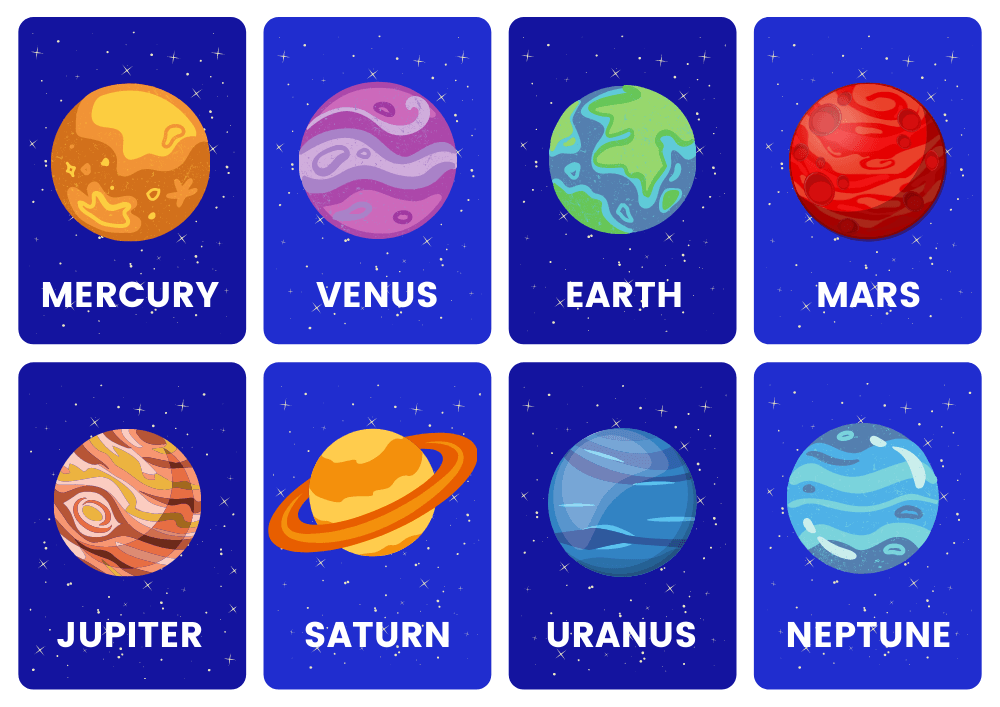
- Recognising images-This worksheet will help your child know various planets by just watching the image. Recognise various things by just watching the image is also very important part of today’s study in schools.
- Know about solar system-By solving this worksheet your child will be able to know how many planets are revolving around the solar system and what are their names.
- Fun activity-This worksheet will prove to be a very fun and interesting activity for your child. They will learn some new things in a very interesting way.
These type of worksheets are very good for your child to understand solar system and planets you can help your child by telling some interesting facts about the solar system.
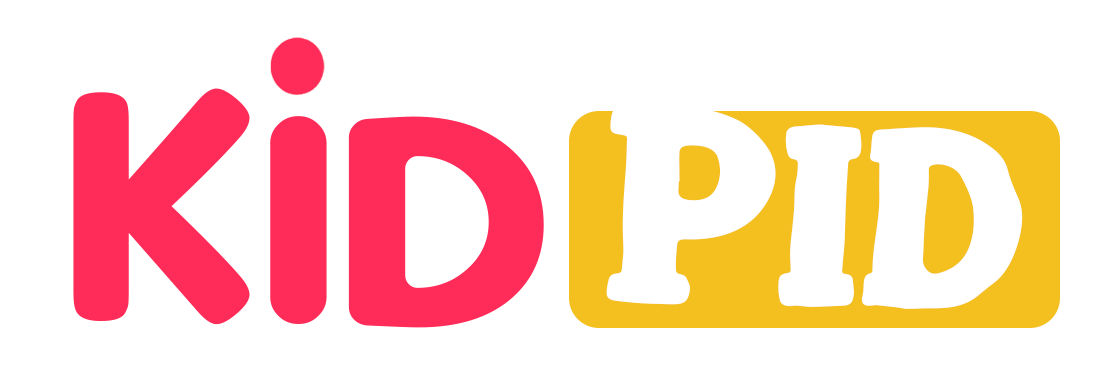
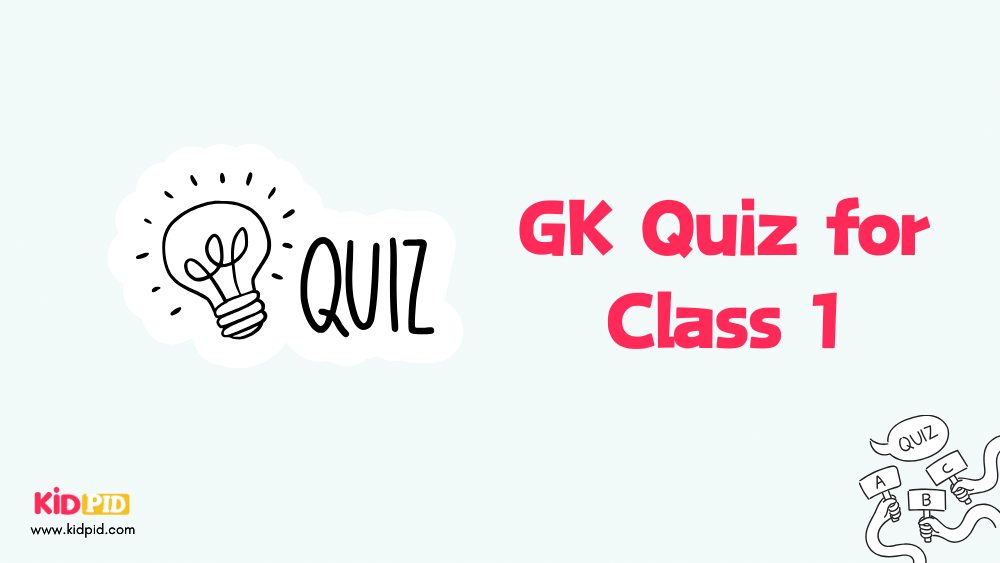
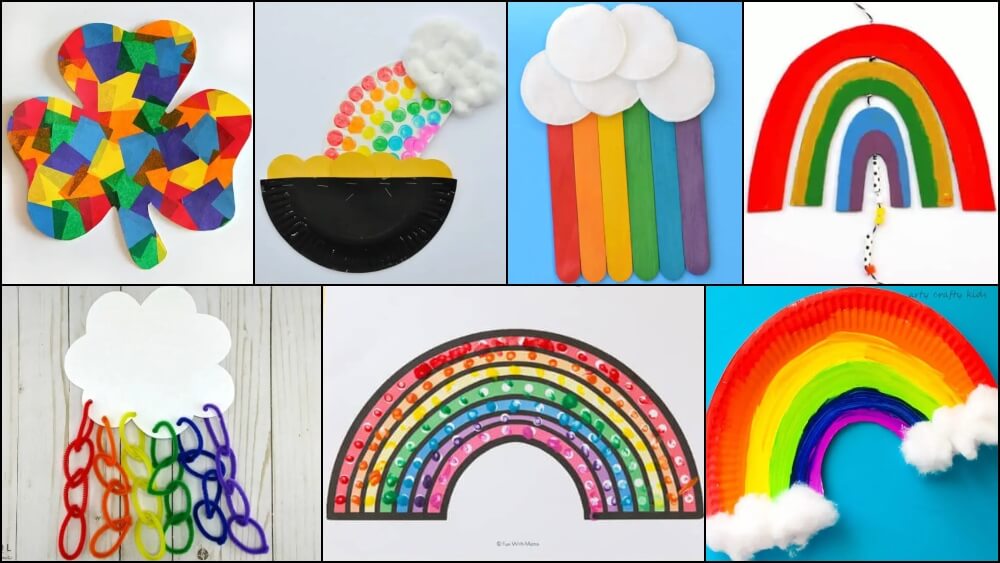
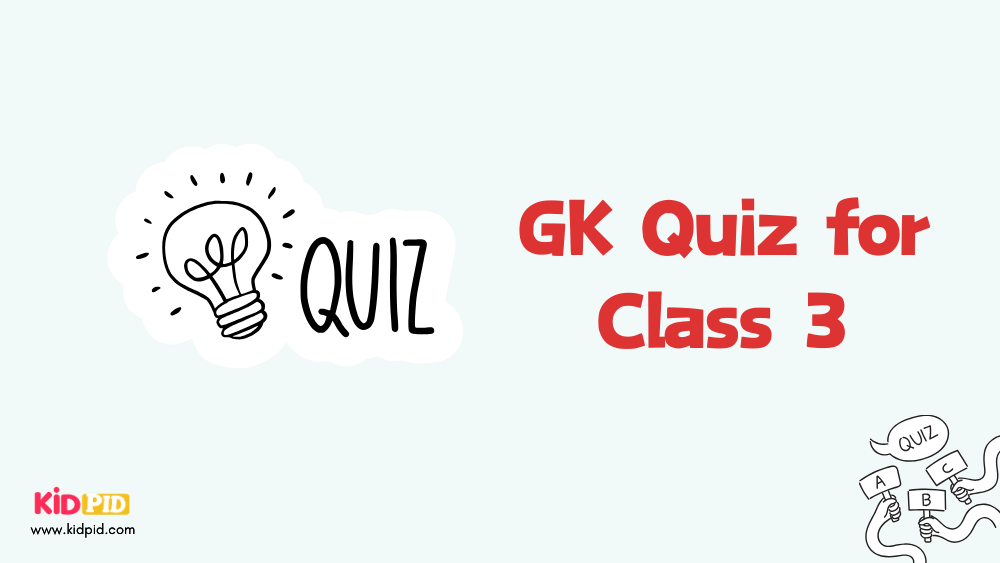
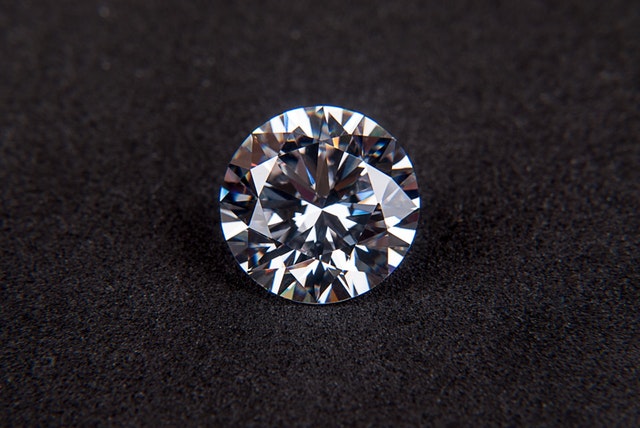

Responses